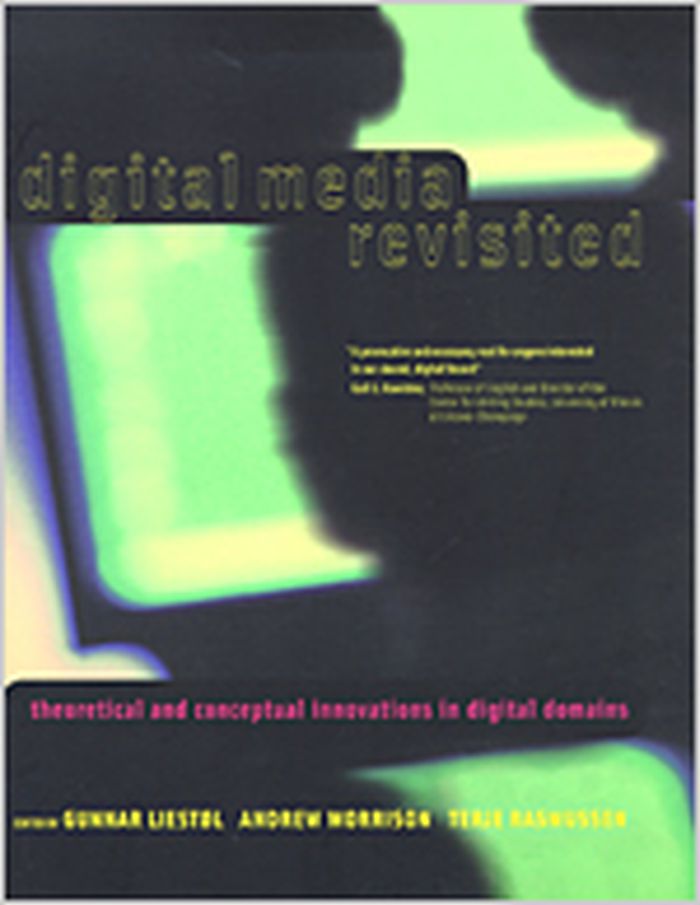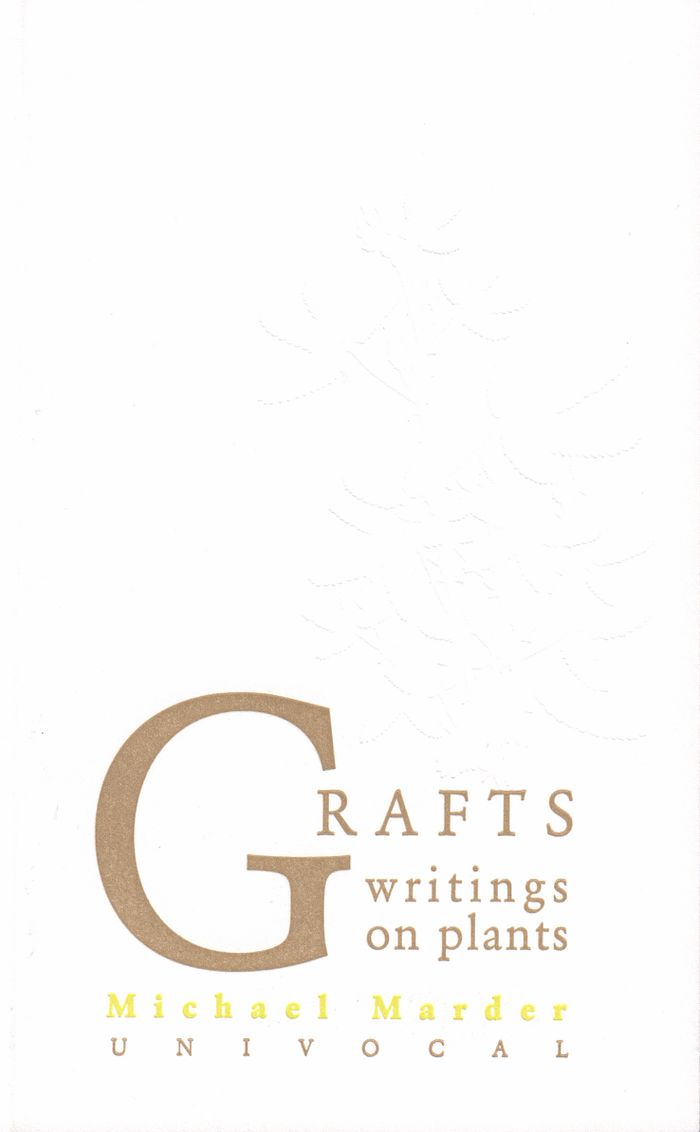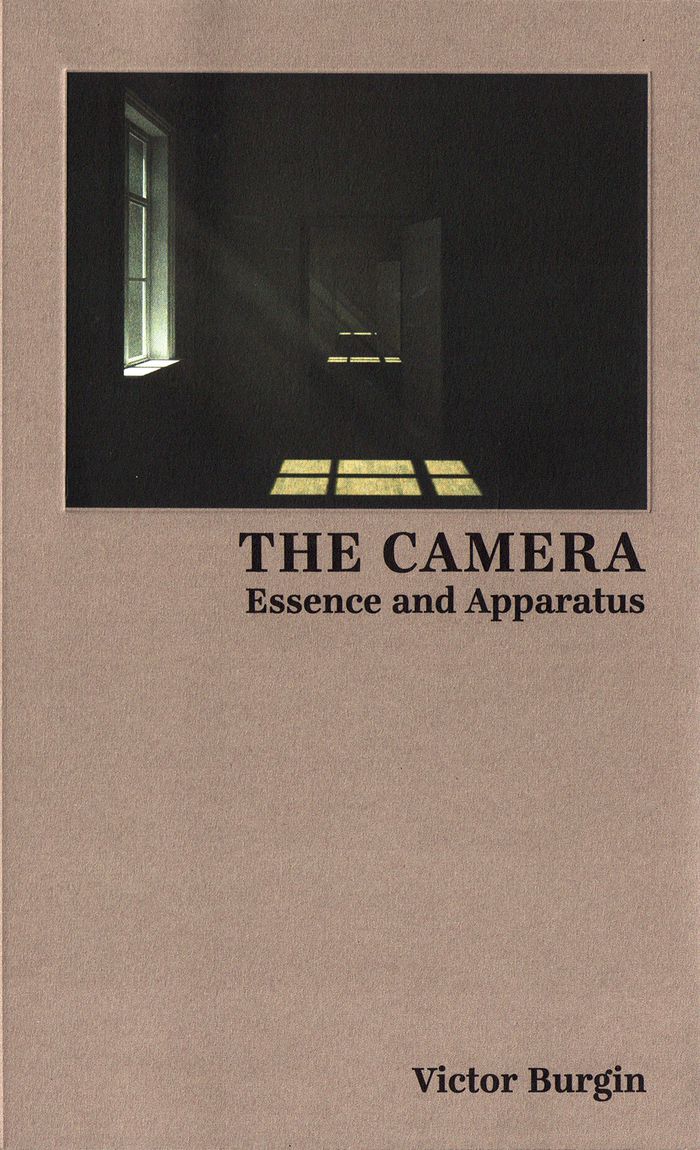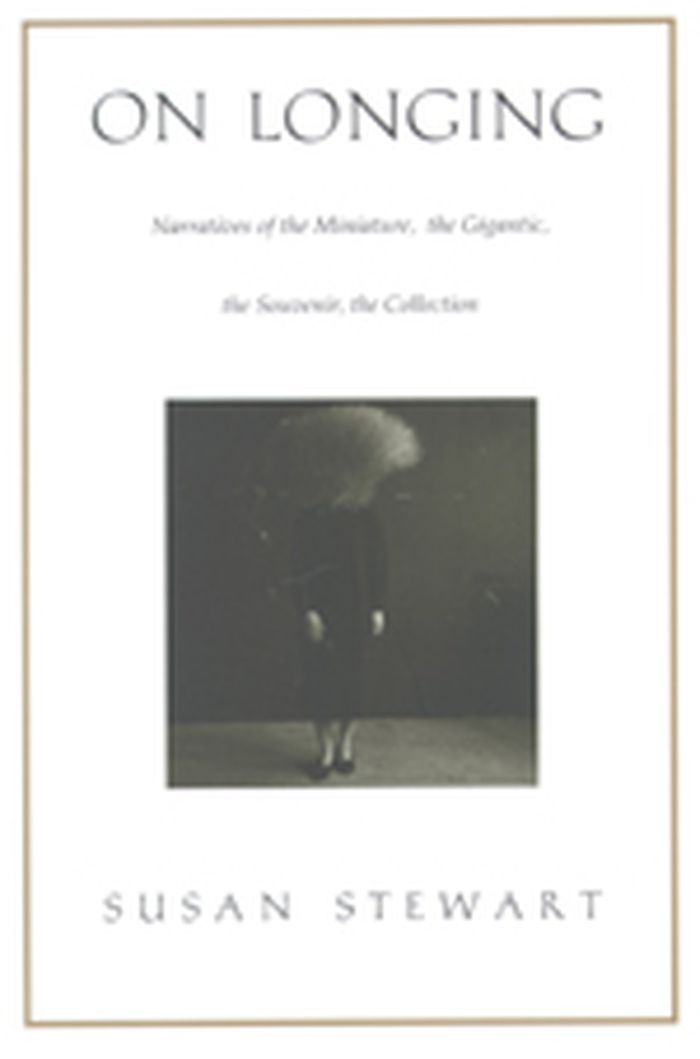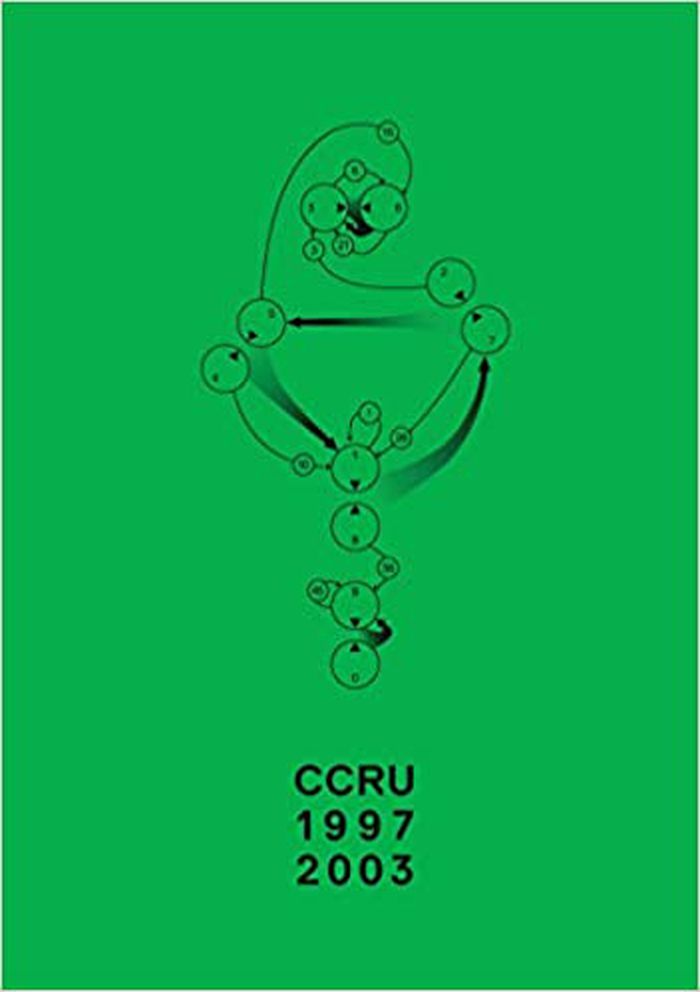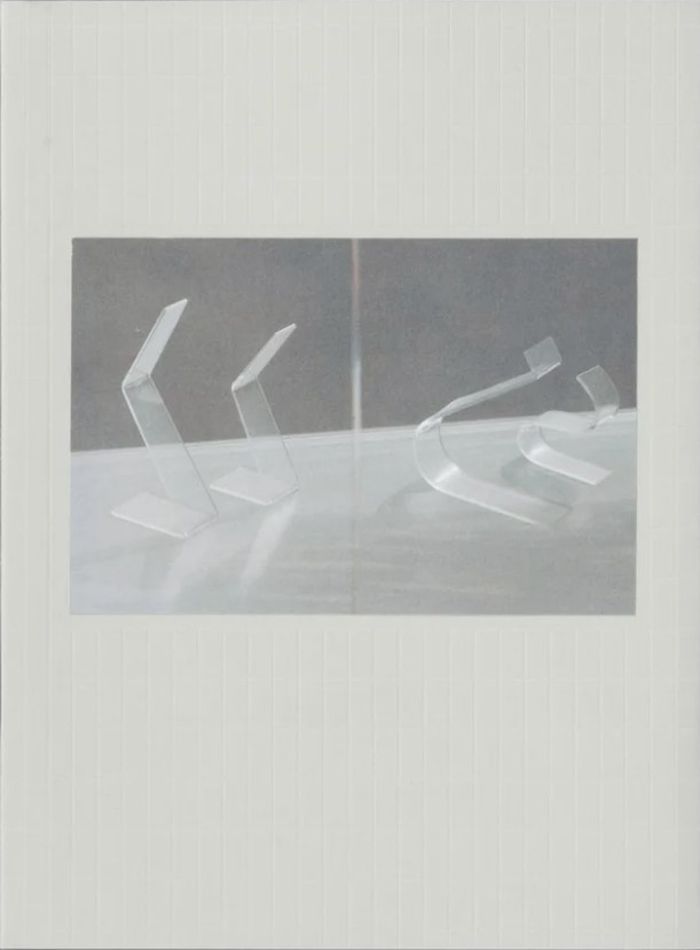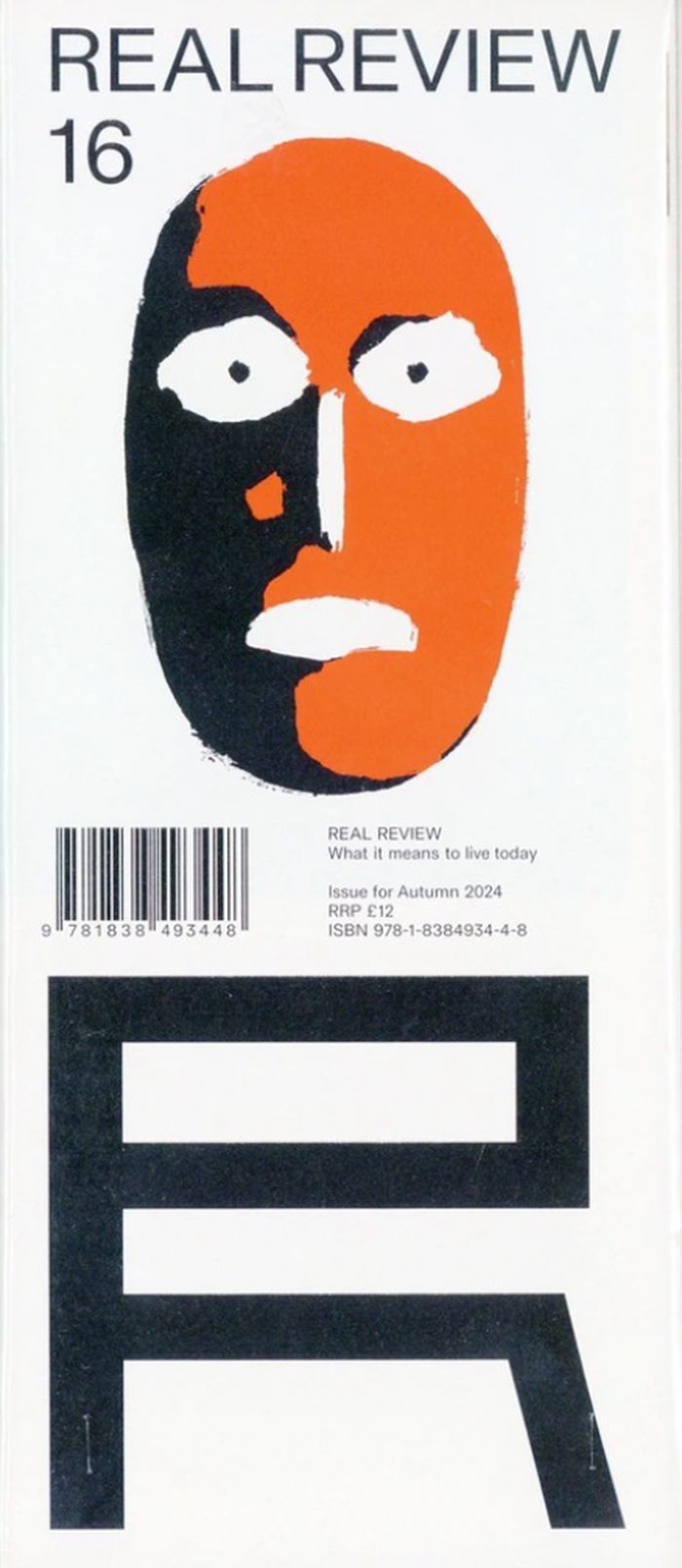Digital media revisited
$33.95
(available to order)
Summary:
Arguing that "first encounters" have already applied traditional theoretical and conceptual frameworks to digital media, the contributors to this book call for "second encounters," or a revisiting. Digital media are not only objects of analysis but also instruments for the development of innovative perspectives on both media and culture. Drawing on insights from literary(...)
Architectural Theory
September 2004, Cambridge, Mass.
Digital media revisited
Actions:
Price:
$33.95
(available to order)
Summary:
Arguing that "first encounters" have already applied traditional theoretical and conceptual frameworks to digital media, the contributors to this book call for "second encounters," or a revisiting. Digital media are not only objects of analysis but also instruments for the development of innovative perspectives on both media and culture. Drawing on insights from literary theory, semiotics, philosophy, aesthetics, ethics, media studies, sociology, and education, the contributors construct new positions from which to observe digital media in fresh and meaningful ways. Throughout they explore to what extent interpretation of and experimentation with digital media can inform theory. It also asks how our understanding of digital media can contribute to our understanding of social and cultural change.
Architectural Theory
Grafts: writings on plants
$32.50
(available to order)
Summary:
Taking as his starting point the simple vegetal conception of grafting, Michael Marder guides the reader through his concise and numerous reflections on what could be described as a vegetal philosophy. Grafts are transplants either of a shoot inserted into the trunk of another tree or, surgically, of skin (among other living tissues). They are delicate operations intended(...)
Grafts: writings on plants
Actions:
Price:
$32.50
(available to order)
Summary:
Taking as his starting point the simple vegetal conception of grafting, Michael Marder guides the reader through his concise and numerous reflections on what could be described as a vegetal philosophy. Grafts are transplants either of a shoot inserted into the trunk of another tree or, surgically, of skin (among other living tissues). They are delicate operations intended to preserve, improve, and modify both the grafted materials and the body that receives them. To graft is to create unlikely encounters, hybrid mixes, and novel surfaces. Moving across disciplinary lines, "Grafts" combines the lessons of plant science with the history of philosophy, semiotics, literary compositions, and political theory. Co-authoring some of the texts with other philosophers, plant scientists and artists, Marder allows their insights to be grafted onto his own, and vice versa.
Environment and environmental theory
$32.50
(available to order)
Summary:
Victor Burgin is one of the most influential artists and writers working today. He came to prominence as a key ?gure in the Conceptual Art of the late 1960s. After turning to photography in his artistic practice he produced a series of groundbreaking theoretical essays that drew on semiotics, psychoanalysis and feminism in order to think through the ideological role of(...)
The Camera: essence and apparatus
Actions:
Price:
$32.50
(available to order)
Summary:
Victor Burgin is one of the most influential artists and writers working today. He came to prominence as a key ?gure in the Conceptual Art of the late 1960s. After turning to photography in his artistic practice he produced a series of groundbreaking theoretical essays that drew on semiotics, psychoanalysis and feminism in order to think through the ideological role of photographs in the production of beliefs and values, and in the understanding of memory, history, subjectivity and space. This collection brings together for the ?rst time Victor Burgin’s writings related speci?cally to the camera, following the shifts and nuances in his thinking over nearly ?ve decades. Moreover, it allows us to chart the evolution of what the camera was and is, and how its affects are to be understood.
Theory of Photography
$39.95
(available to order)
Summary:
Miniature books, eighteenth-century novels, Tom Thumb weddings, tall tales, and objects of tourism and nostalgia: this diverse group of cultural forms is the subject of On Longing, a fascinating analysis of the ways in which everyday objects are narrated to animate or realize certain versions of the world. Originally published in 1984 (Johns Hopkins University Press), and(...)
January 1993, Durham
On longing : Narratives of the miniature, the gigantic, the souvenir, the collection
Actions:
Price:
$39.95
(available to order)
Summary:
Miniature books, eighteenth-century novels, Tom Thumb weddings, tall tales, and objects of tourism and nostalgia: this diverse group of cultural forms is the subject of On Longing, a fascinating analysis of the ways in which everyday objects are narrated to animate or realize certain versions of the world. Originally published in 1984 (Johns Hopkins University Press), and now available in paperback for the first time, this highly original book draws on insights from semiotics and from psychoanalytic, feminist, and marxist criticism. Addressing the relations of language to experience, the body to scale, and narratives to objects, Susan Stewart looks at the "miniature" as a metaphor for interiority and at the "gigantic" as an exaggeration of aspects of the exterior. In the final part of her essay Stewart examines the ways in which the "souvenir" and the "collection" are objects mediating experience in time and space.
Landscape theory in design
$90.90
(available to order)
Summary:
Phenomenology, Materiality, Cybernetics, Palimpsest, Cyborgs, Landscape Urbanism, Typology, Semiotics, Deconstruction - the minefield of theoretical ideas that students must navigate today can be utterly confusing, and how do these theories translate to the design studio? "Landscape theory in design" introduces theoretical ideas to students without the use of jargon or an(...)
Landscape theory in design
Actions:
Price:
$90.90
(available to order)
Summary:
Phenomenology, Materiality, Cybernetics, Palimpsest, Cyborgs, Landscape Urbanism, Typology, Semiotics, Deconstruction - the minefield of theoretical ideas that students must navigate today can be utterly confusing, and how do these theories translate to the design studio? "Landscape theory in design" introduces theoretical ideas to students without the use of jargon or an assumption of extensive knowledge in other fields, and in doing so, links these ideas to the processes of design. In five thematic chapters Susan Herrington explains: the theoretic groundings of the theory of philosophy, why it matters to design, an example of the theory in a work of landscape architecture from the twentieth and twenty-first centuries, debates surrounding the theory (particularly as they elaborate modern and postmodern thought) and primary readings that can be read as companions to her text. An extensive glossary of theoretical terms also adds a vital contribution to students’ comprehension of theories relevant to the design of landscapes and gardens.
Landscape Theory
CCRU: Writings 1997–2003
$33.95
(available to order)
Summary:
Meshing together fiction, number theory, voodoo, philosophy, anthropology, palate tectonics, information science, semiotics, geotraumatics, occultism, and other nameless knowledges, in these pages the incomplete evidence gathered by explorers including Burroughs, Blavatsky, Lovecraft, Jung, Barker, J.G. Ballard, William Gibson, and Octavia Butler, but also the testimony(...)
CCRU: Writings 1997–2003
Actions:
Price:
$33.95
(available to order)
Summary:
Meshing together fiction, number theory, voodoo, philosophy, anthropology, palate tectonics, information science, semiotics, geotraumatics, occultism, and other nameless knowledges, in these pages the incomplete evidence gathered by explorers including Burroughs, Blavatsky, Lovecraft, Jung, Barker, J.G. Ballard, William Gibson, and Octavia Butler, but also the testimony of more obscure luminaries such as Echidna Stillwell, Oskar Sarkon, and Madame Centauri, are clarified and subjected to systematic investigation, comparison, and assessment so as to gauge the real stakes of the Time-War still raging behind the collapsing facade of reality. One of the most compelling and unnerving collective research enterprises to have surfaced in the twentieth century, the real pertinence of the CCRU's work is only now beginning to reveal itself to an unbelieving world. To plunge into the tangled mesh of these conspiracies, weird tales, numerical plagues, and suggestive coincidences is to test your sense of reality beyond the limits of reasonable tolerance-to enter the sphere of unbelief, where demonic currents prowl, where fictions make themselves real. Hyperstition.
Art Theory
$80.00
(available to order)
Summary:
This series of precisely-crafted images began in 2016, with Hayden's move to Europe. Photographing instinctively, Hayden touches the well-worn grooves of contemporary image culture: from the intersection of photography with semiotics, the inferred distortion of narrative through sequencing photographs together, and how everyday objects can become icons simply by being(...)
Hudson Hayden: Notwithstanding
Actions:
Price:
$80.00
(available to order)
Summary:
This series of precisely-crafted images began in 2016, with Hayden's move to Europe. Photographing instinctively, Hayden touches the well-worn grooves of contemporary image culture: from the intersection of photography with semiotics, the inferred distortion of narrative through sequencing photographs together, and how everyday objects can become icons simply by being photographed. Hayden's visual lexicon is akin to one of design; forms and their thingness are collapsed in on the photographic plane, becoming shapes that dance, as much a game of memory and fun as a loftier space of visual poetry. Hayden's title, ''Notwithstanding'', also speaks to the indeterminate and the inarticulable within his photographs. Images that often describe something simple – a dog, a ball, a boat on a lake, or an orange in a bowl – can feel curiously other, despite themselves, or in spite of their clear referents. Hayden quotes photographic genres with a laconic wit: from the Ghirrian coolness of early postmodern colour photography, to the sanitised language of advertising and commercial image-making, and through compositions that harmonise in both their immediate accessibility and their inherent unknowability.
Photography monographs
$20.00
(available in store)
Summary:
The gesture of pointing is the perfect embodiment of photography’s function as a visual document: an injunction to look at this. In this textual and visual essay, artist Joan Fontcuberta takes the index finger as his point of departure for an insightful and irreverent consideration of photography’s relation to indexicality. He refutes, as well as draws on, Roland(...)
Against Barthes: The eye and the index
Actions:
Price:
$20.00
(available in store)
Summary:
The gesture of pointing is the perfect embodiment of photography’s function as a visual document: an injunction to look at this. In this textual and visual essay, artist Joan Fontcuberta takes the index finger as his point of departure for an insightful and irreverent consideration of photography’s relation to indexicality. He refutes, as well as draws on, Roland Barthes’s suggestion that every photograph tells us ‘'this has been'’ (‘ça a été’), reckoning with the inconvenient multiplicity of thises in any given image. If a photograph constitutes such a statement – as made explicit in images that include a pointing finger – does the camera witness reality or performance? These existential issues are further complicated by the emergence of post-photography and generative AI. In this typically engaging and iconoclastic essay, Fontcuberta destabilises our ideas about the authority and authoriality of images, drawing on psychoanalysis, semiotics, and his own autobiography. His text is interleaved between two compelling visual essays formed of images from the archive of Mexican tabloid Alerta from the 1960s to 1980s, in which the pointing index finger forms a haunting and often humorous through-line.
Theory of Photography
Real Review 16 Autumn 2024
$26.00
(available in store)
Summary:
There is no snow on Mount Fuji. Any hack will tell you the phase change is here, the restructuring of the world is underway. That would be a relief, like a broken fever. But they are wrong. We are still waiting. This period is merely the static on the skin, the rising pressure and building tension before the impending climax of a deluge. We live under a lavender sky,(...)
Real Review 16 Autumn 2024
Actions:
Price:
$26.00
(available in store)
Summary:
There is no snow on Mount Fuji. Any hack will tell you the phase change is here, the restructuring of the world is underway. That would be a relief, like a broken fever. But they are wrong. We are still waiting. This period is merely the static on the skin, the rising pressure and building tension before the impending climax of a deluge. We live under a lavender sky, silver and green; this is the time of unsettled air, heavy with that metallic smell of the earth. Soon the wind will awake, driving the rain forward like a cloud of smoke. The tremendous powers by which our lives are encompassed are stirring. How can we prepare for this transformation? We interview professor Jonathan White on the future as a political idea. Artist Dozie Kanu presents a flyer for higher education, while Opioid Crisis Lookbook speculates on semiotics. Peter Saville reviews the mood with Jack Self, who reviews voice notes, moral killing, and the Star Trek universe. Isabelle Bucklow binge-watches tech demos. Satoshi Fujiwara captures law enforcement hardware. Ruba Al-Sweel reviews the non-commercial image, while Martina Rocca and Izzy Farmiloe review the production of culture. Carmen Winant documents the last safe abortion, Felix Mcnamara writes notes on minutiae, John Sunyer attends a run club, plus much more.
Magazines
$27.00
(available to order)
Summary:
Imagine a world without things. There would be nothing to describe, nothing to explain, remark, interpret, or complain about. Without things, we would stop speaking; we would become as mute as things are alleged to be. In nine original essays, internationally renowned historians of art and of science seek to understand how objects become charged with significance without(...)
Things that talk : Object lessons from art and science
Actions:
Price:
$27.00
(available to order)
Summary:
Imagine a world without things. There would be nothing to describe, nothing to explain, remark, interpret, or complain about. Without things, we would stop speaking; we would become as mute as things are alleged to be. In nine original essays, internationally renowned historians of art and of science seek to understand how objects become charged with significance without losing their gritty materiality. True to the particularity of things, each of the essays singles out one object for close attention: a Bosch drawing, the freestanding column, a Prussian island, soap bubbles, early photographs, glass flowers, Rorschach blots, newspaper clippings, paintings by Jackson Pollock. Each is revealed to be a node around which meanings accrete thickly. But not just any meanings: what these things are made of and how they are made shape what they can mean. Neither the pure texts of semiotics nor the brute objects of positivism, these things are saturated with cultural significance. Things become talkative when they fuse matter and meaning; they lapse into speechlessness when their matter and meanings no longer mesh. Each of the nine objects examined in this book had its historical moment, when the match of this thing to that thought seemed irresistible. At these junctures, certain things become objects of fascination, association, and endless consideration; they begin to talk. Things that talk fleetingly realize the dream of a perfect language, in which words and world merge.
Critical Theory
